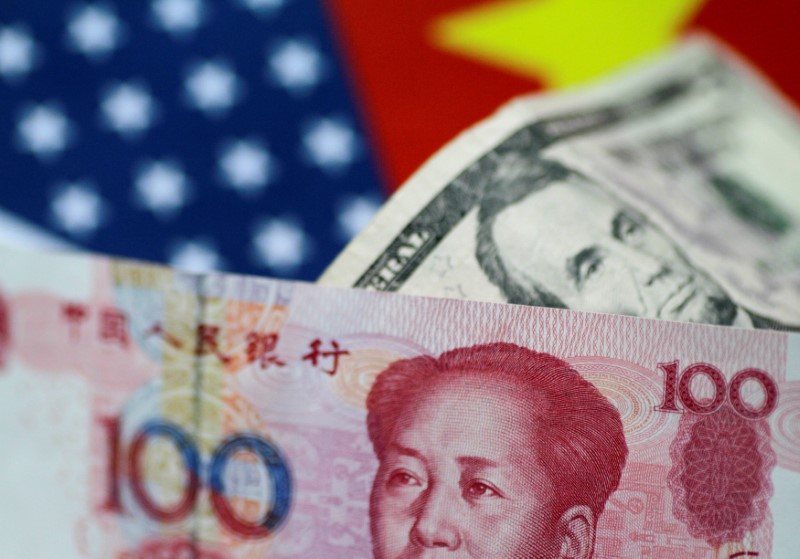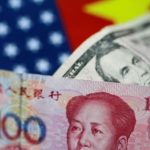
Regional currencies had gained ground in recent sessions amid increased optimism that the Federal Reserve will cut interest rates, which also kept the dollar languishing at a near four-month low.
The dollar index and dollar index futures rose slightly in Asian trade, after tumbling this week as traders priced in a greater chance that the Fed will cut rates by at least 25 basis points in September.
The Japanese yen weakened slightly on Thursday after strengthening sharply in recent sessions. The USDJPY pair rose 0.1% to 156.31 yen after falling as low as 155.38 yen earlier.
The yen’s sharp appreciation, which saw USDJPY slide from nearly 162 yen over the past week, sparked increased speculation that the Japanese government had once again intervened in currency markets.
While the yen did take some support from the increased prospect of a U.S. rate cut, it also had to contend with weak local economic data, which limited any headroom for the Bank of Japan to tighten monetary policy.
This made traders suspect that the currency’s recent appreciation was driven chiefly by government intervention. BOJ data suggested that Tokyo spent over $1 billion intervening in markets last week.
The Chinese yuan was flat on Thursday, with the USDCNY pair steadying below eight-month highs.
Sentiment towards China worsened as a Bloomberg report said the U.S. was considering stricter curbs on China’s technology and chipmaking industry- a move that could draw ire from Beijing and spark a renewed trade war between the world’s biggest economies.
The report came as the yuan also contended with concerns over a slowing Chinese economic recovery, especially after second-quarter gross domestic product data pointed to slowing growth in the economy.
Broader Asian currencies moved in a tight range, as risk appetite was dented by concerns over China. Comments from U.S. Republican presidential candidate Donald Trump, that Taiwan should pay the U.S. for defense supplies, also weighed on sentiment.
The Australian dollar was an outlier, with AUDUSD rising 0.1% after data showed the country’s labor market remained tight, increasing the chances of an interest rate hike by the Reserve Bank.
The South Korean won’s USDKRW pair rose 0.2%, while the Singapore dollar’s USDSGD pair was flat.
The Indian rupee’s USDINR pair came closer to a record high, with the currency seeing little relief despite increased optimism over the Indian economy.
To read the full article, Click Here

